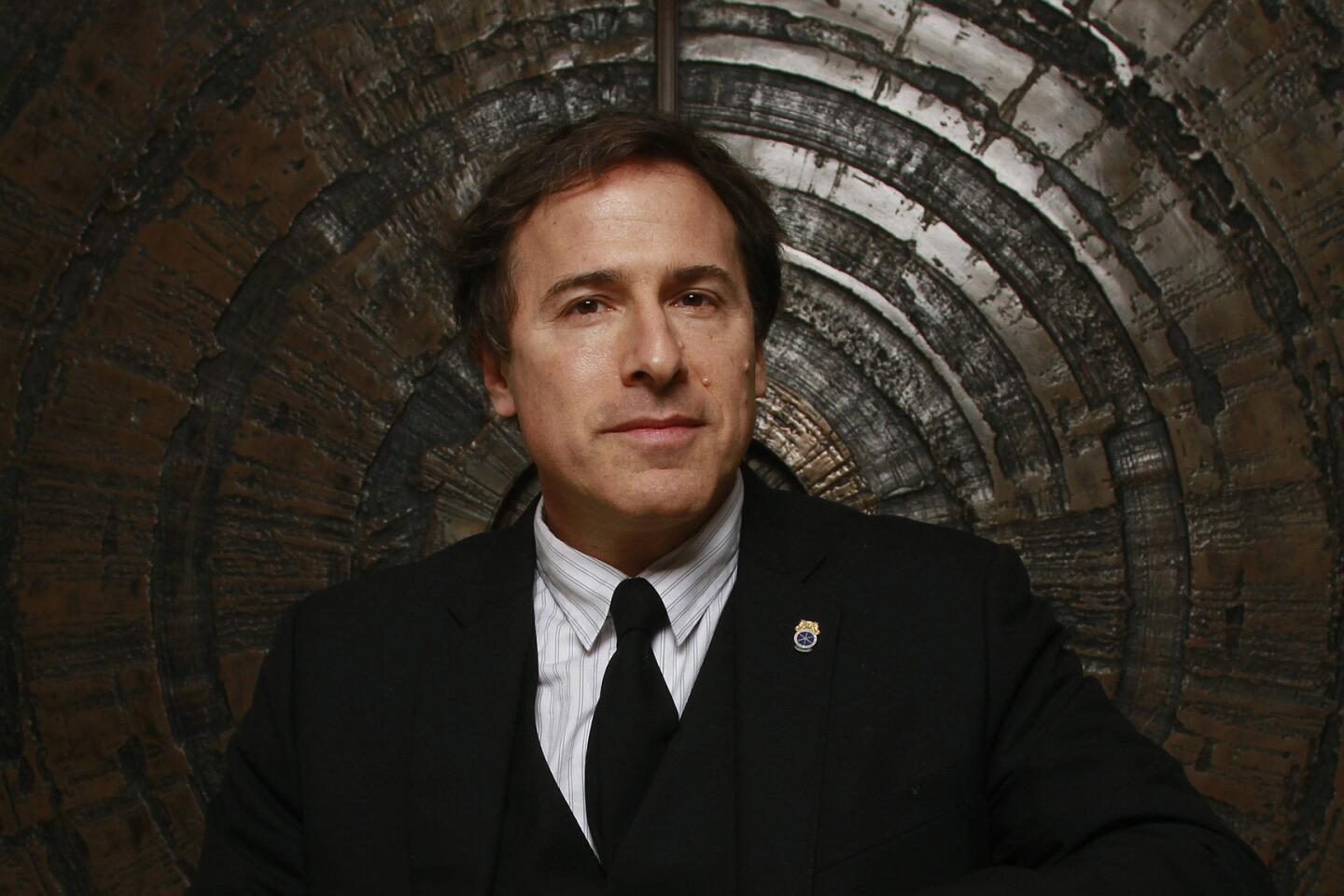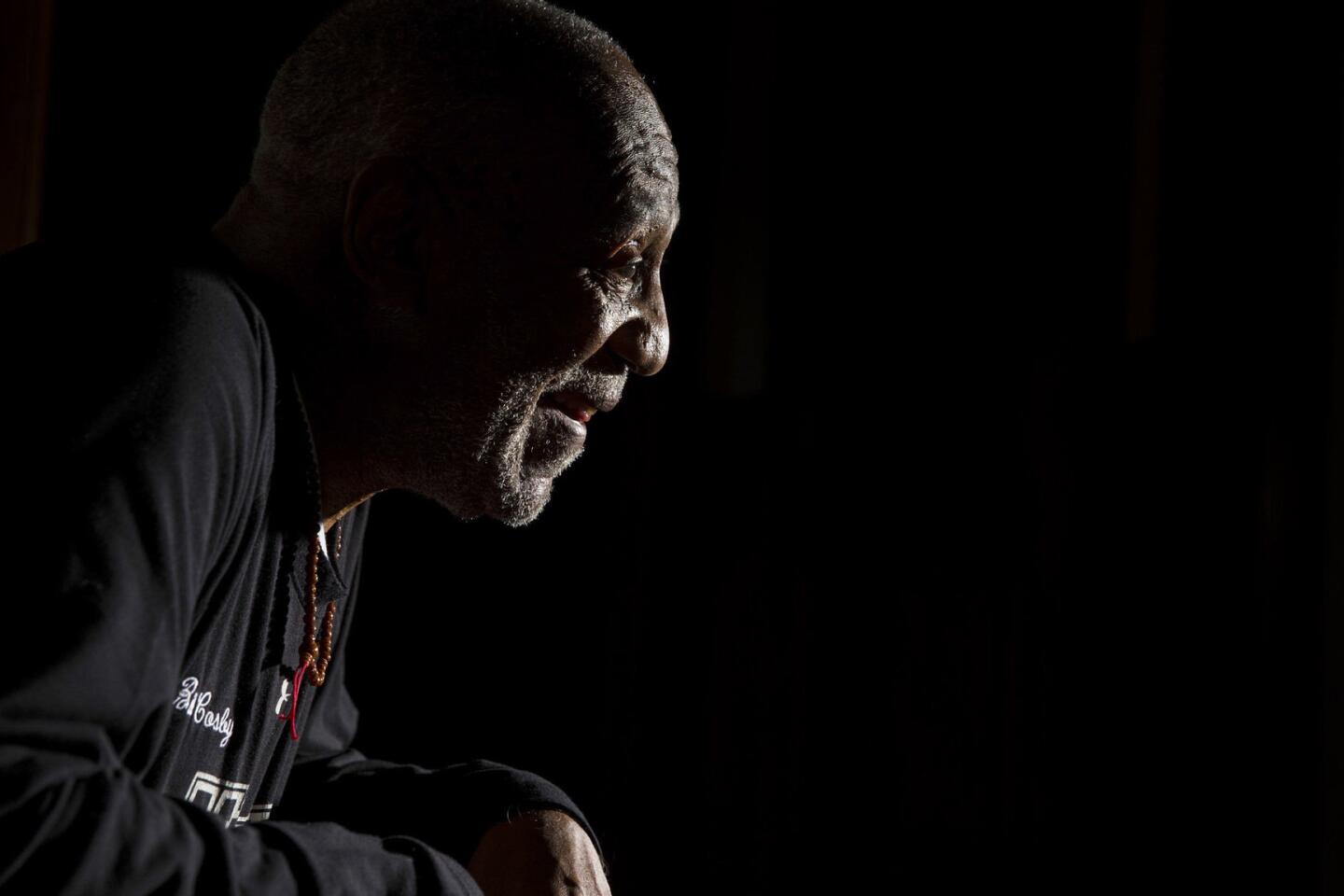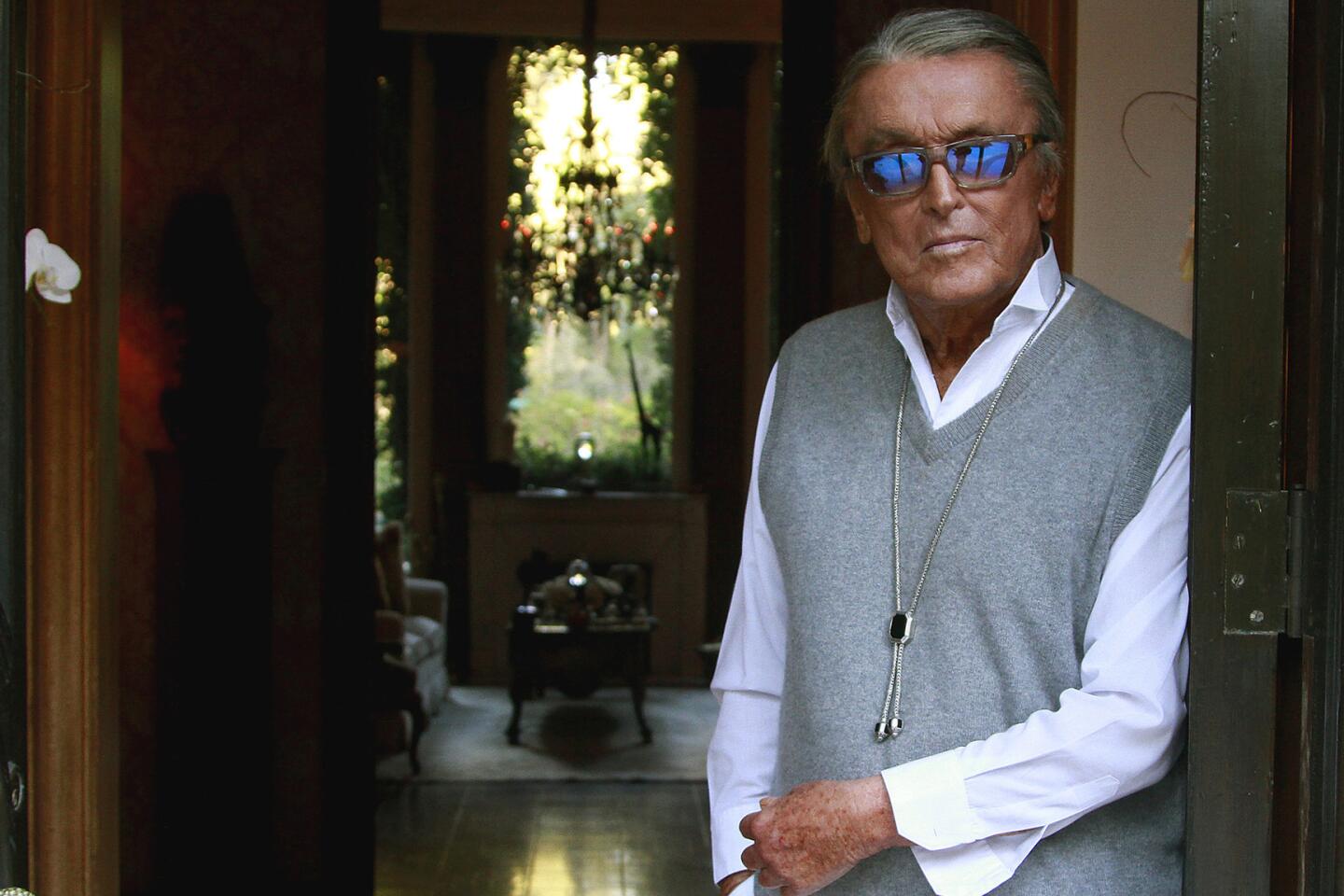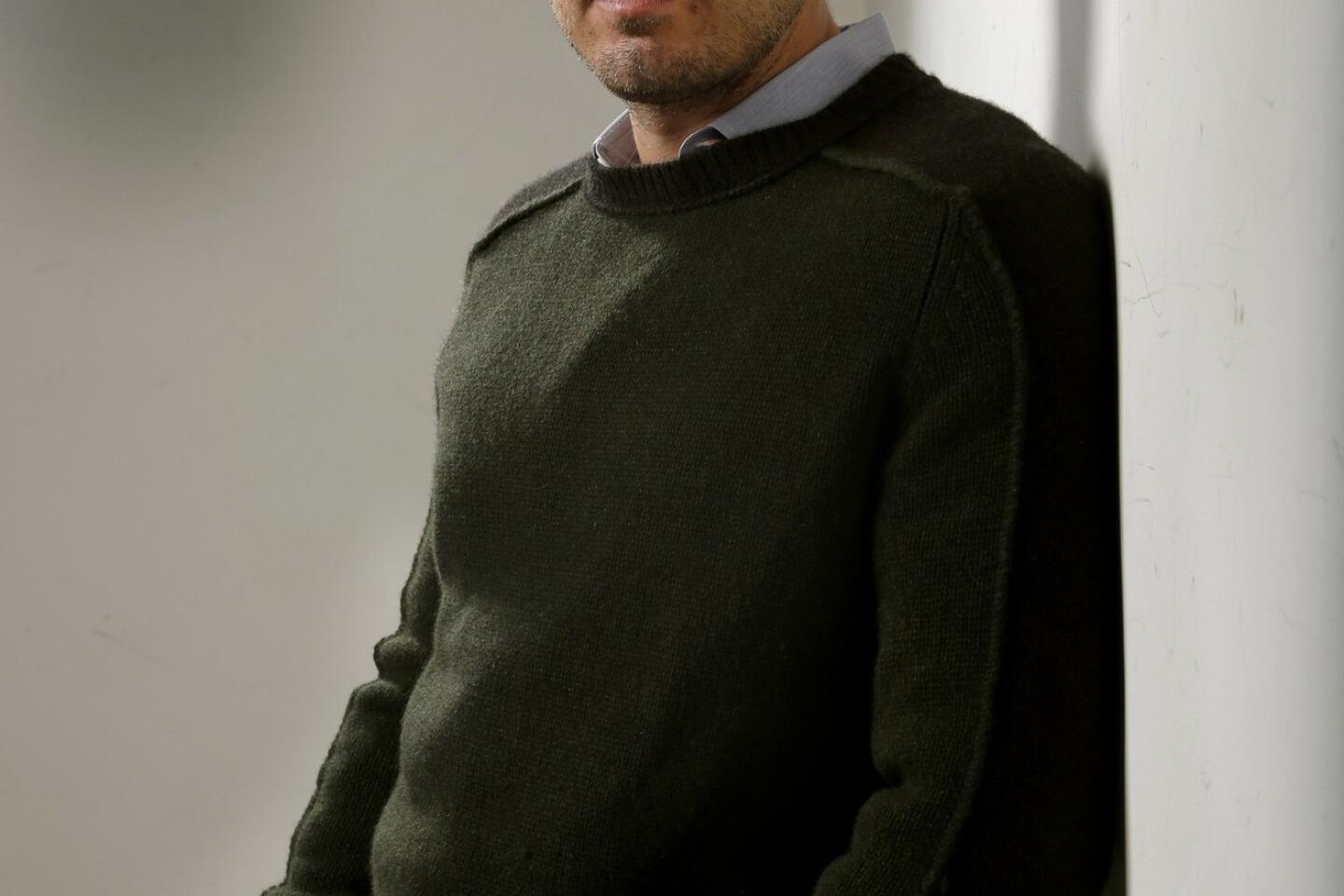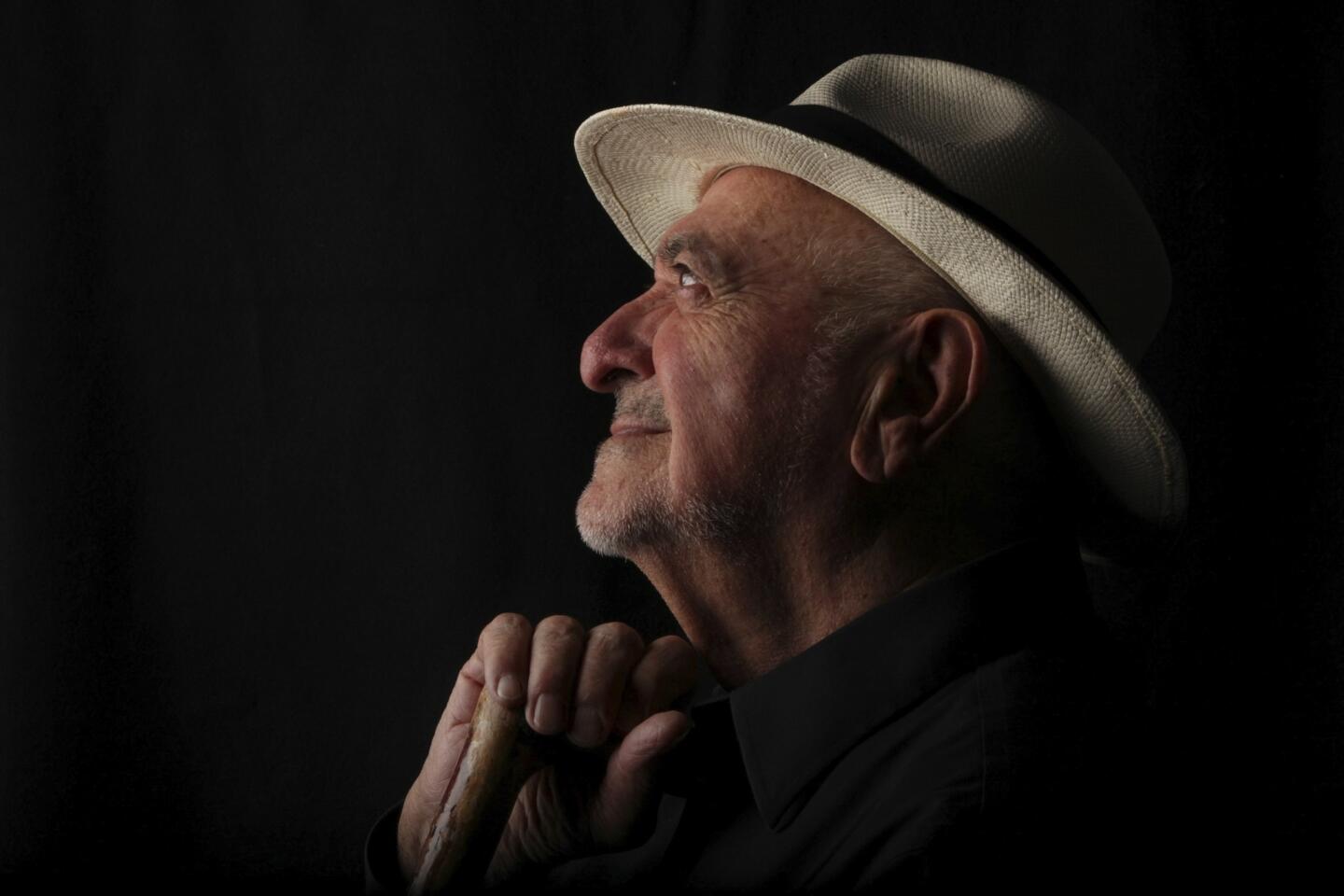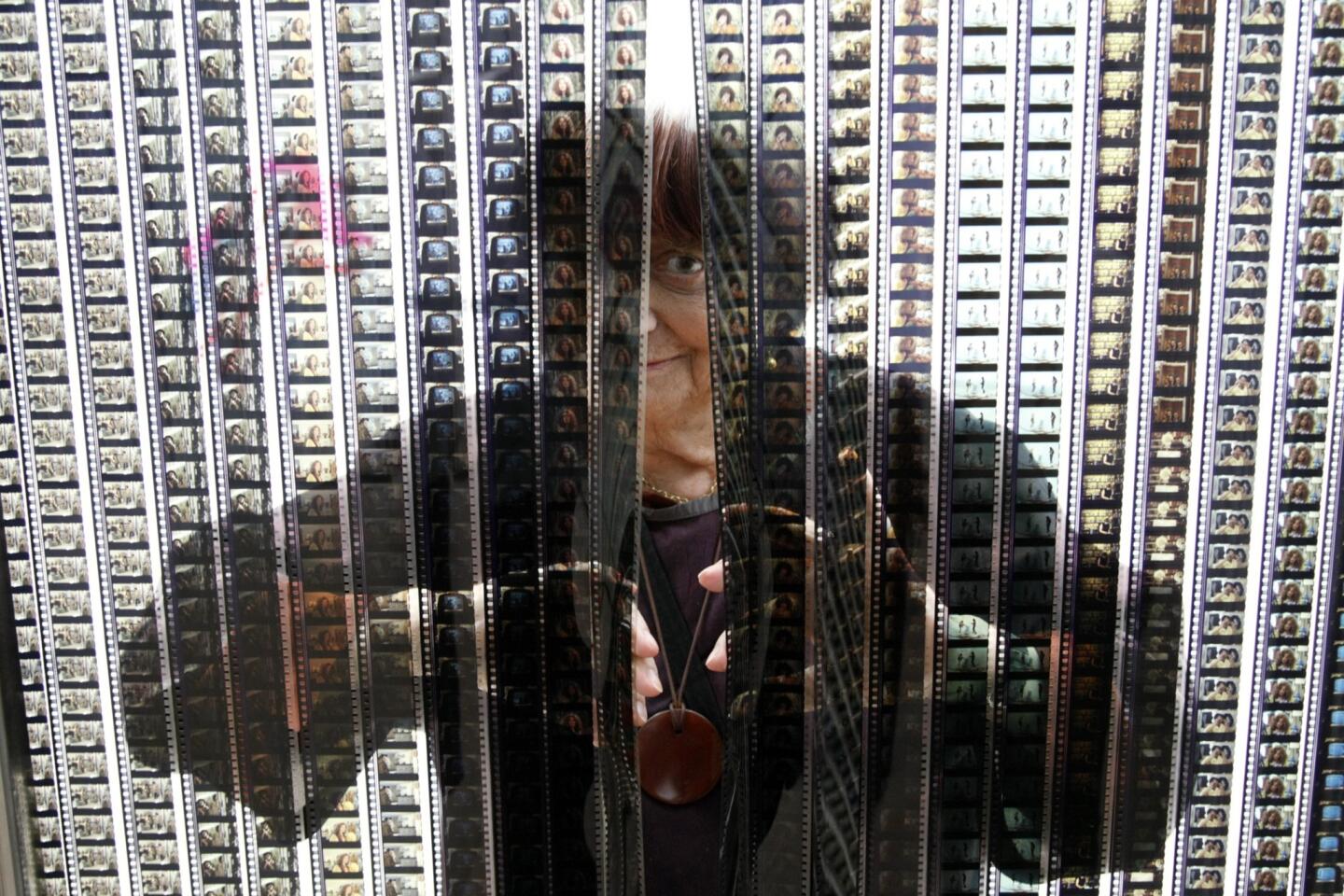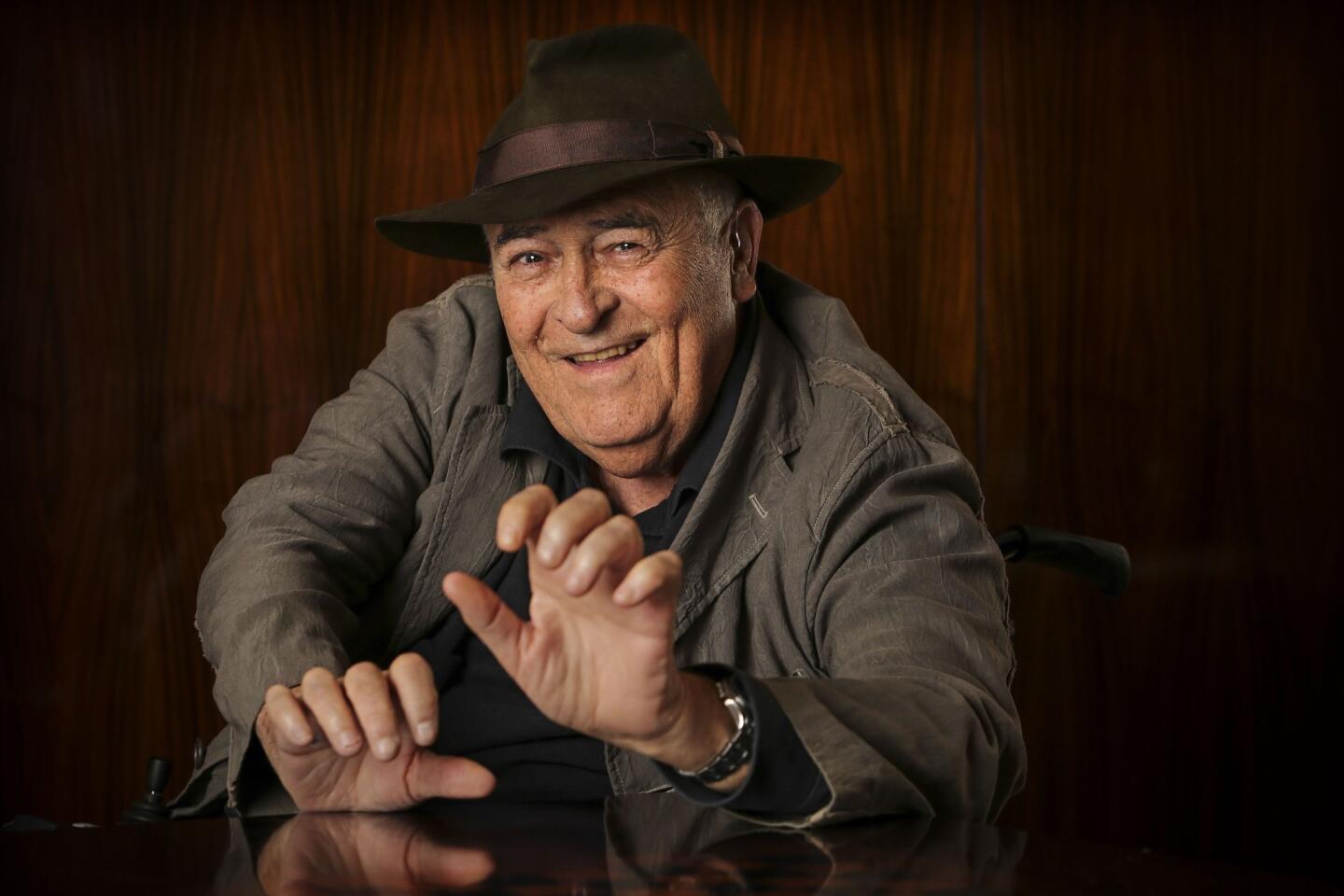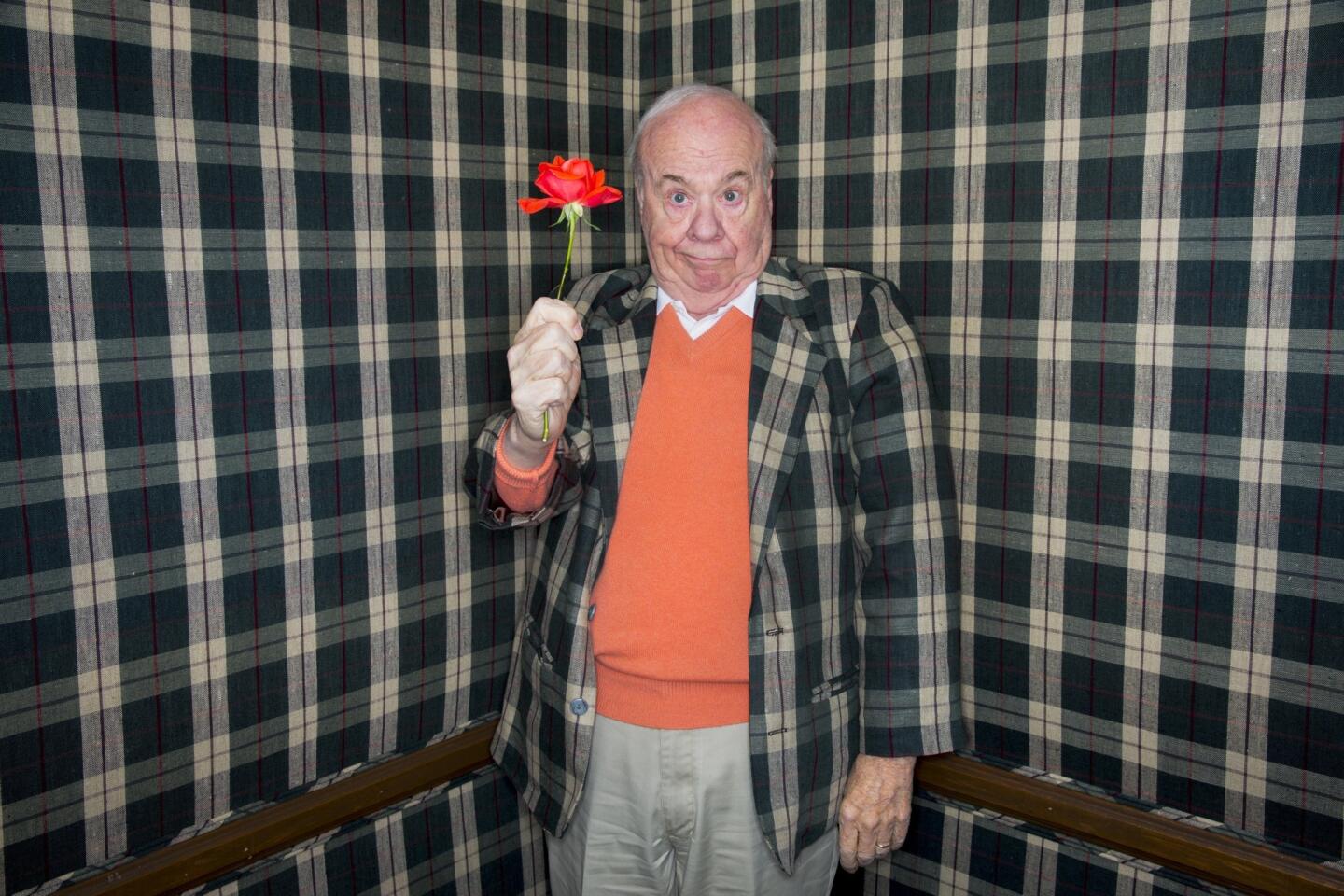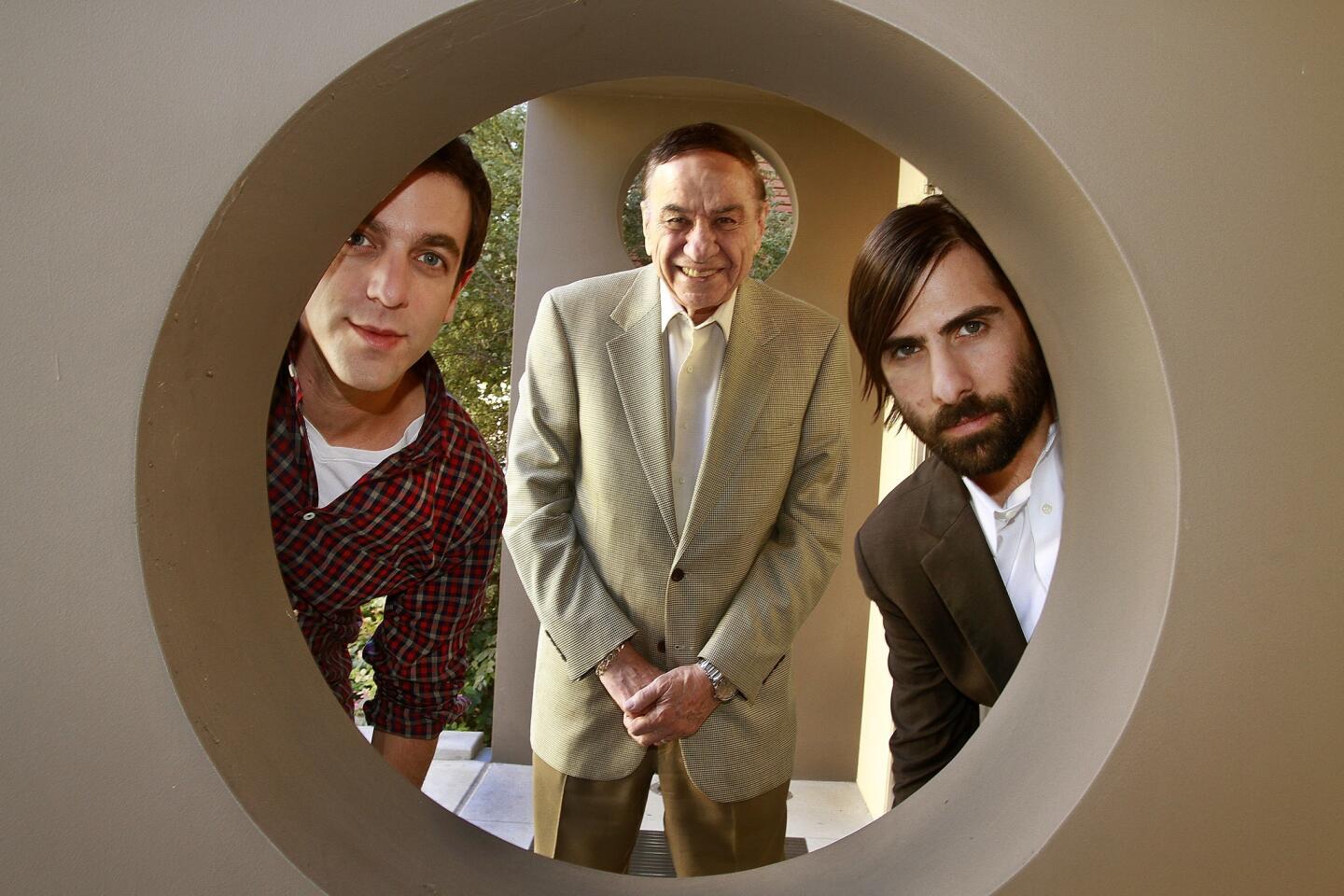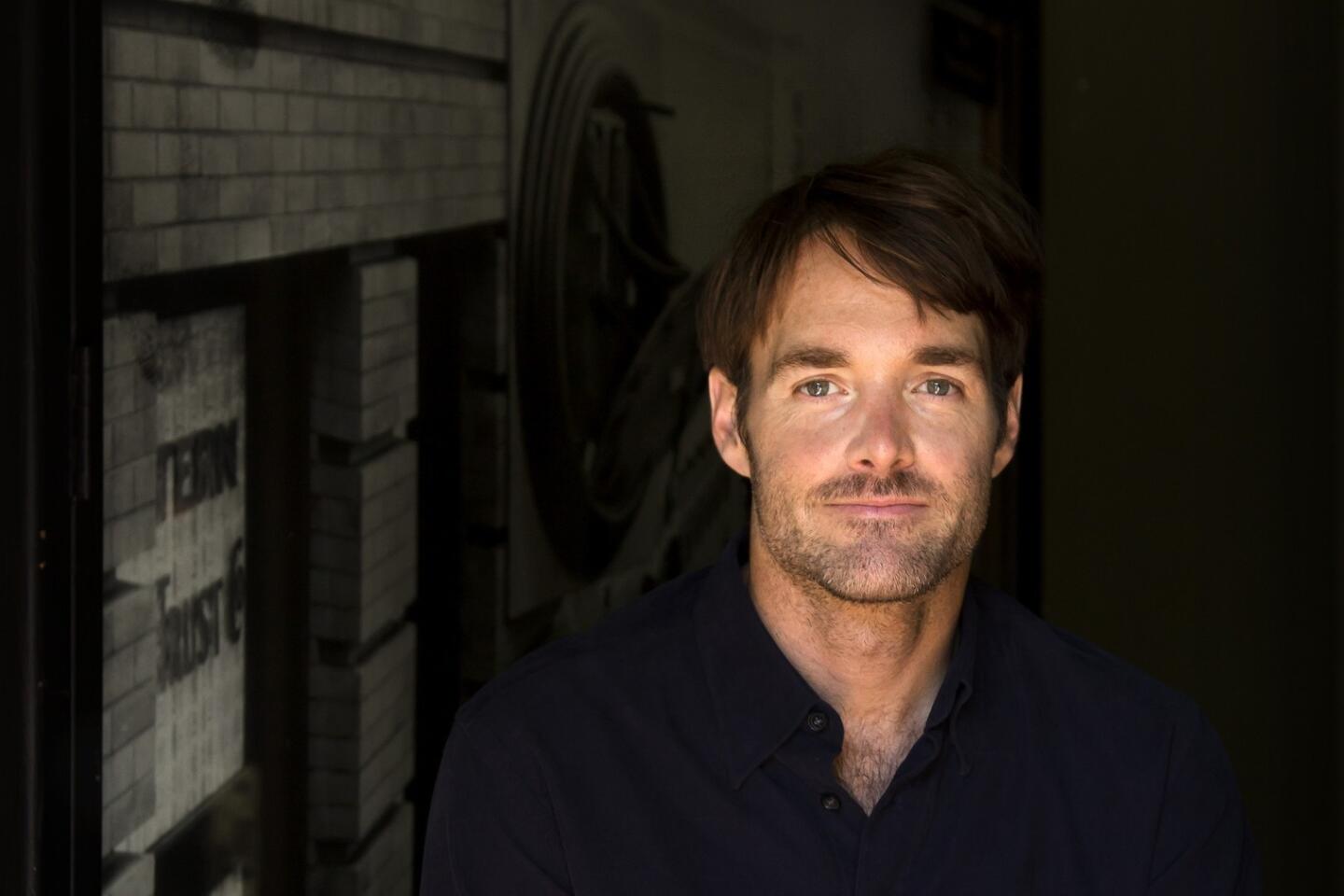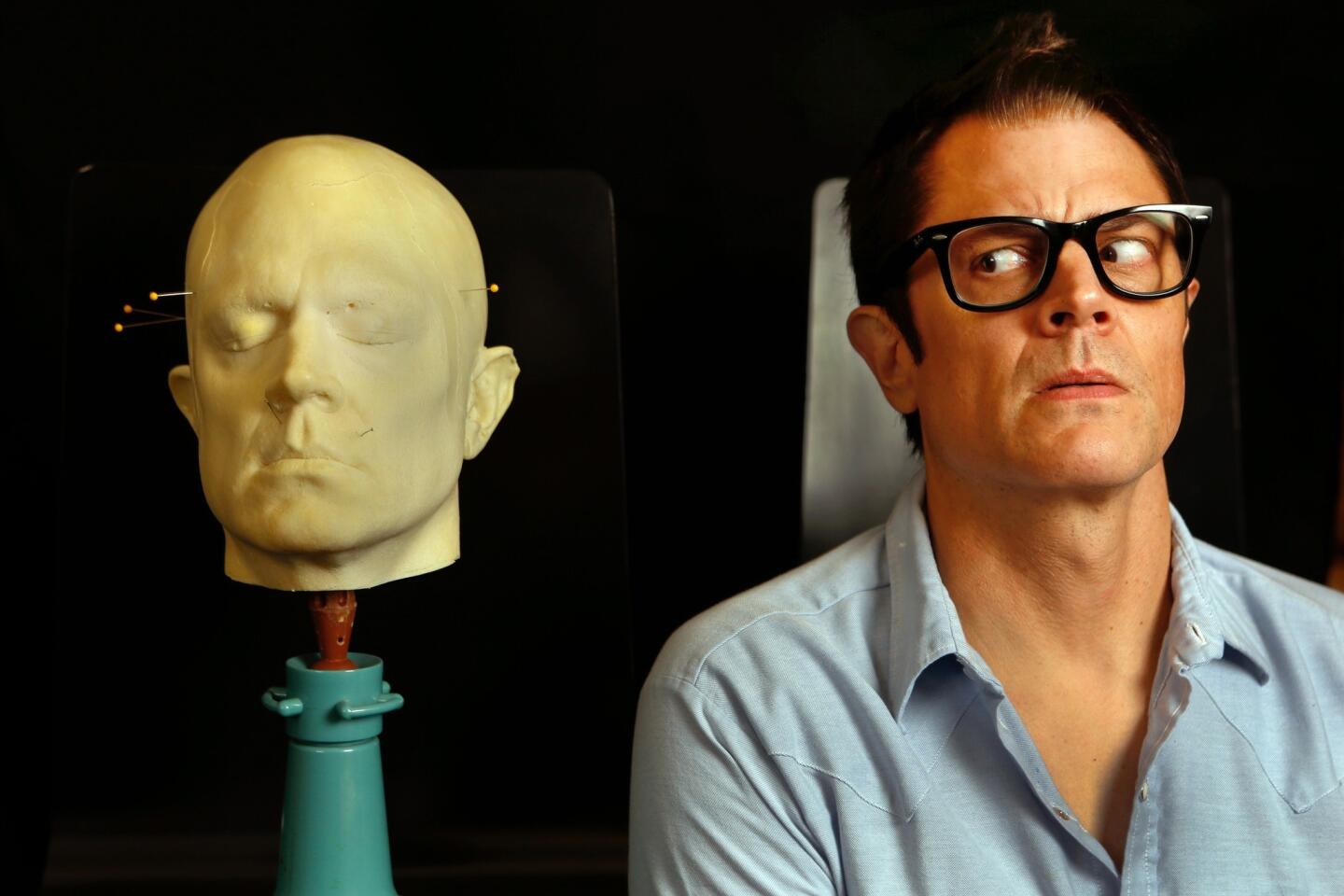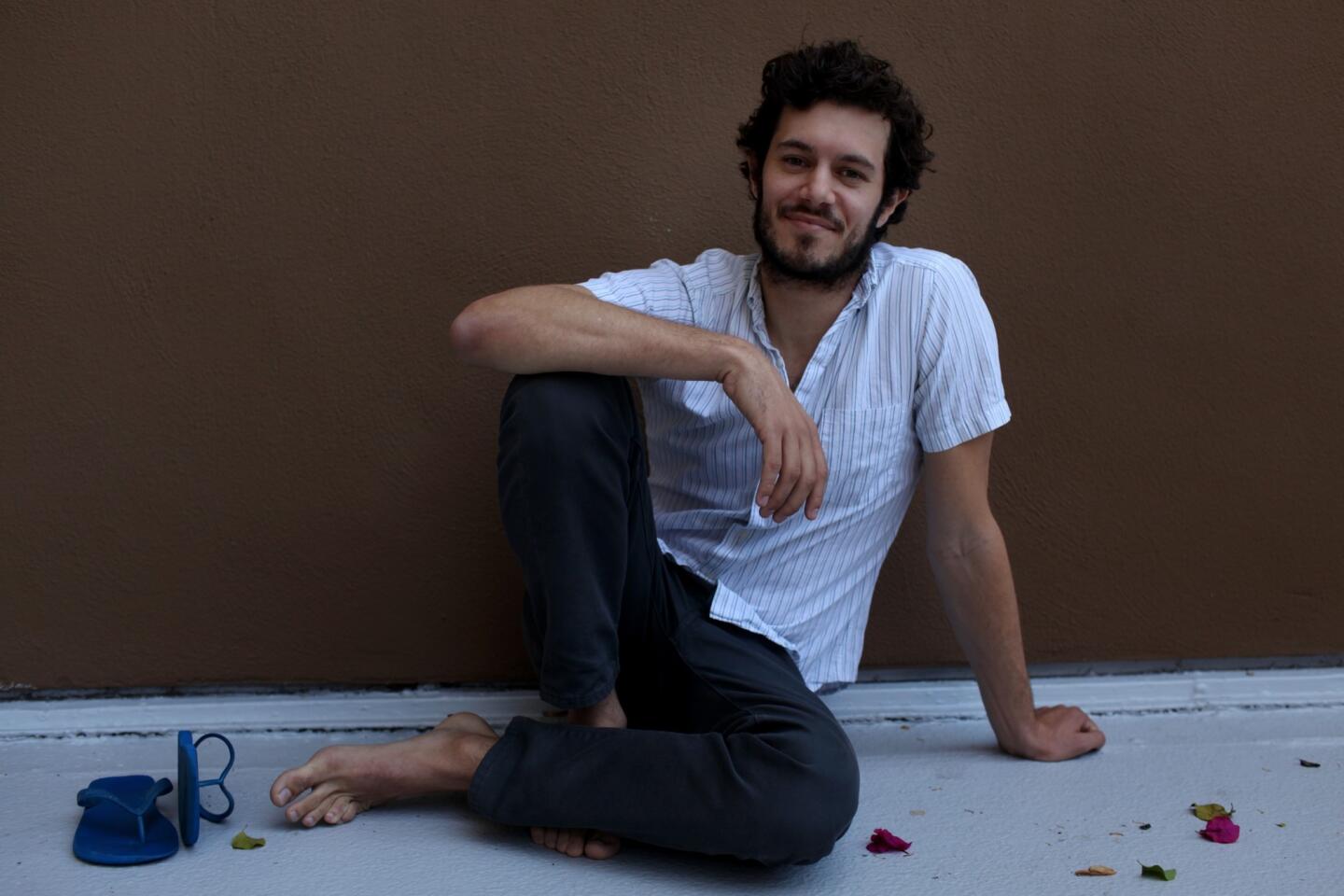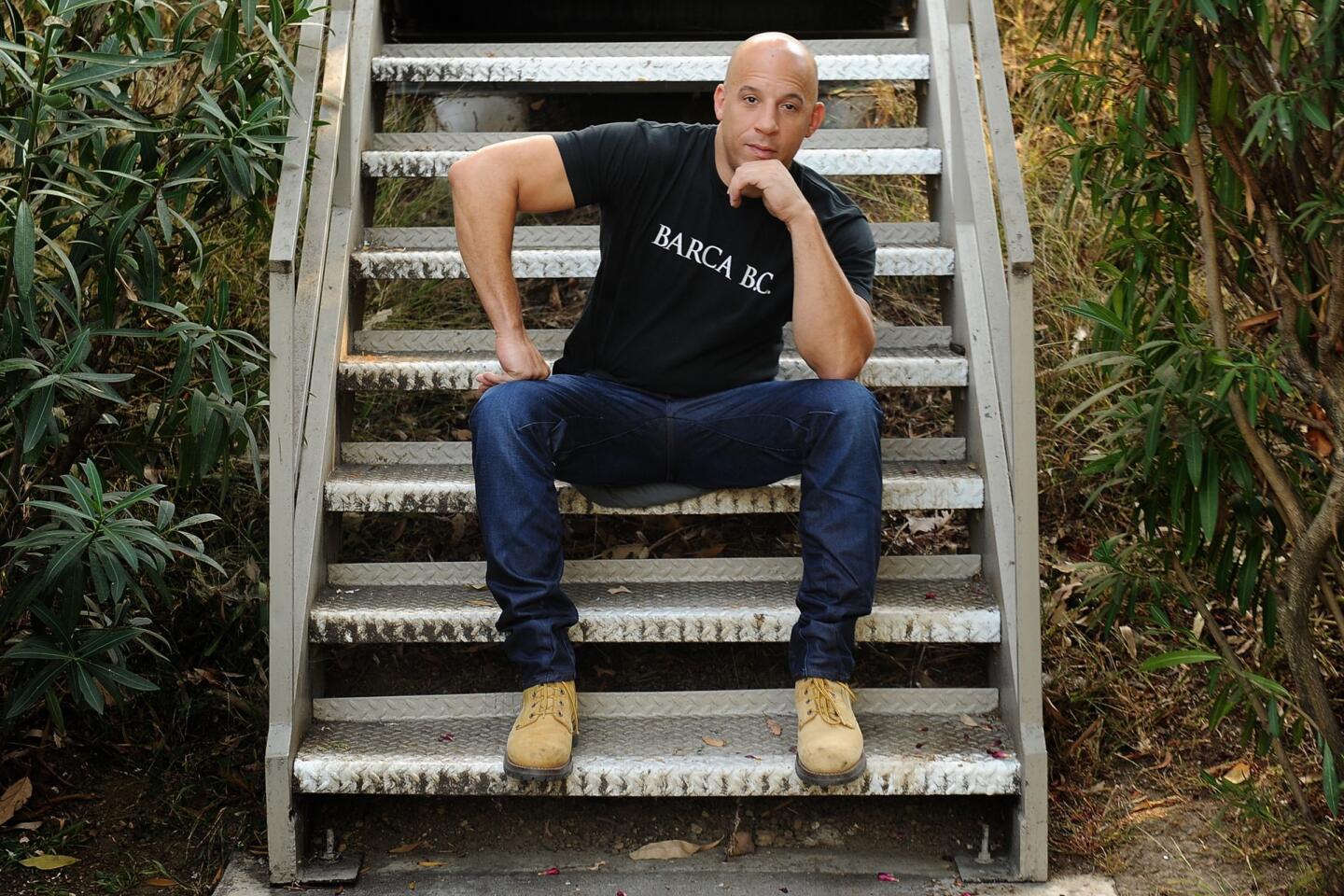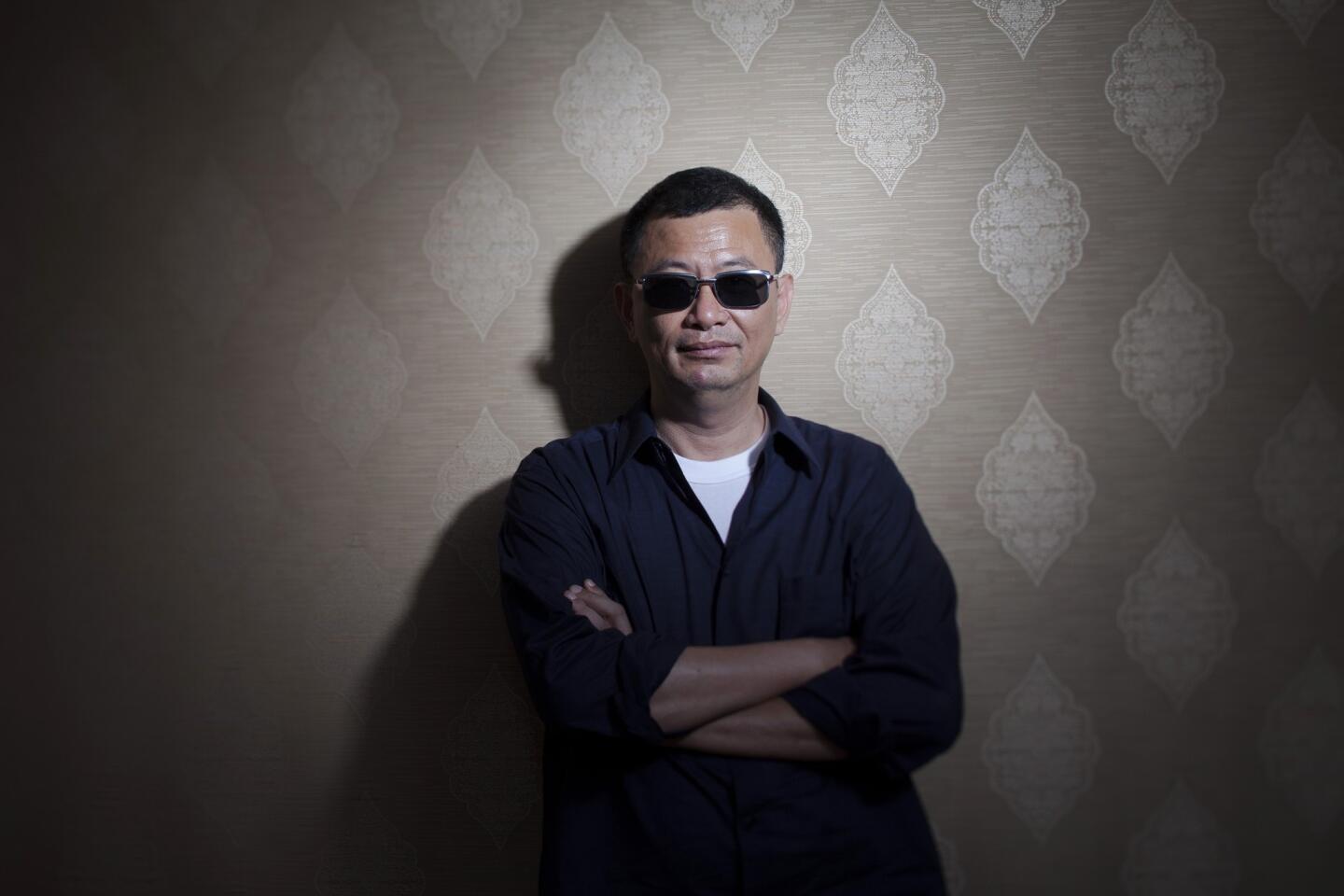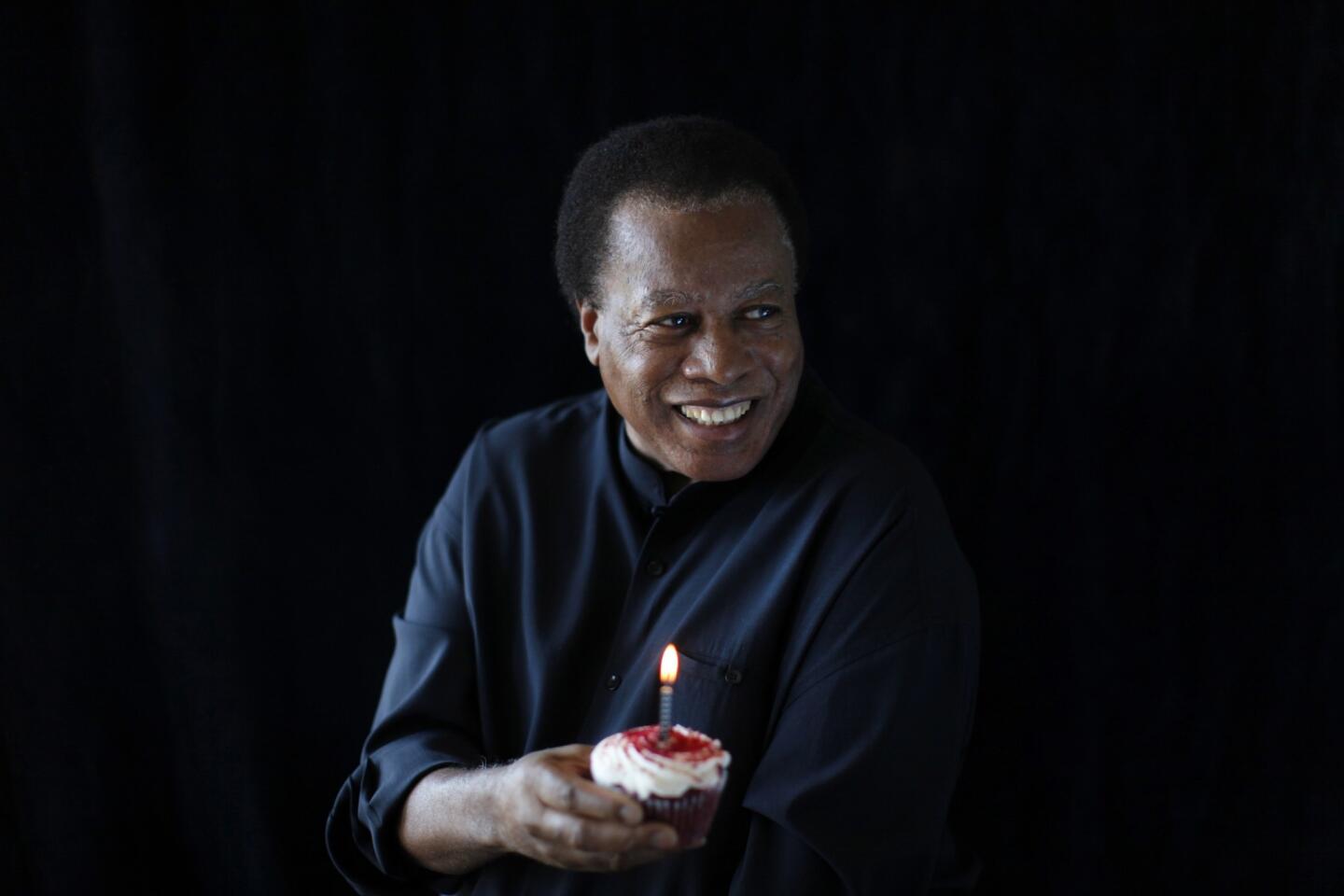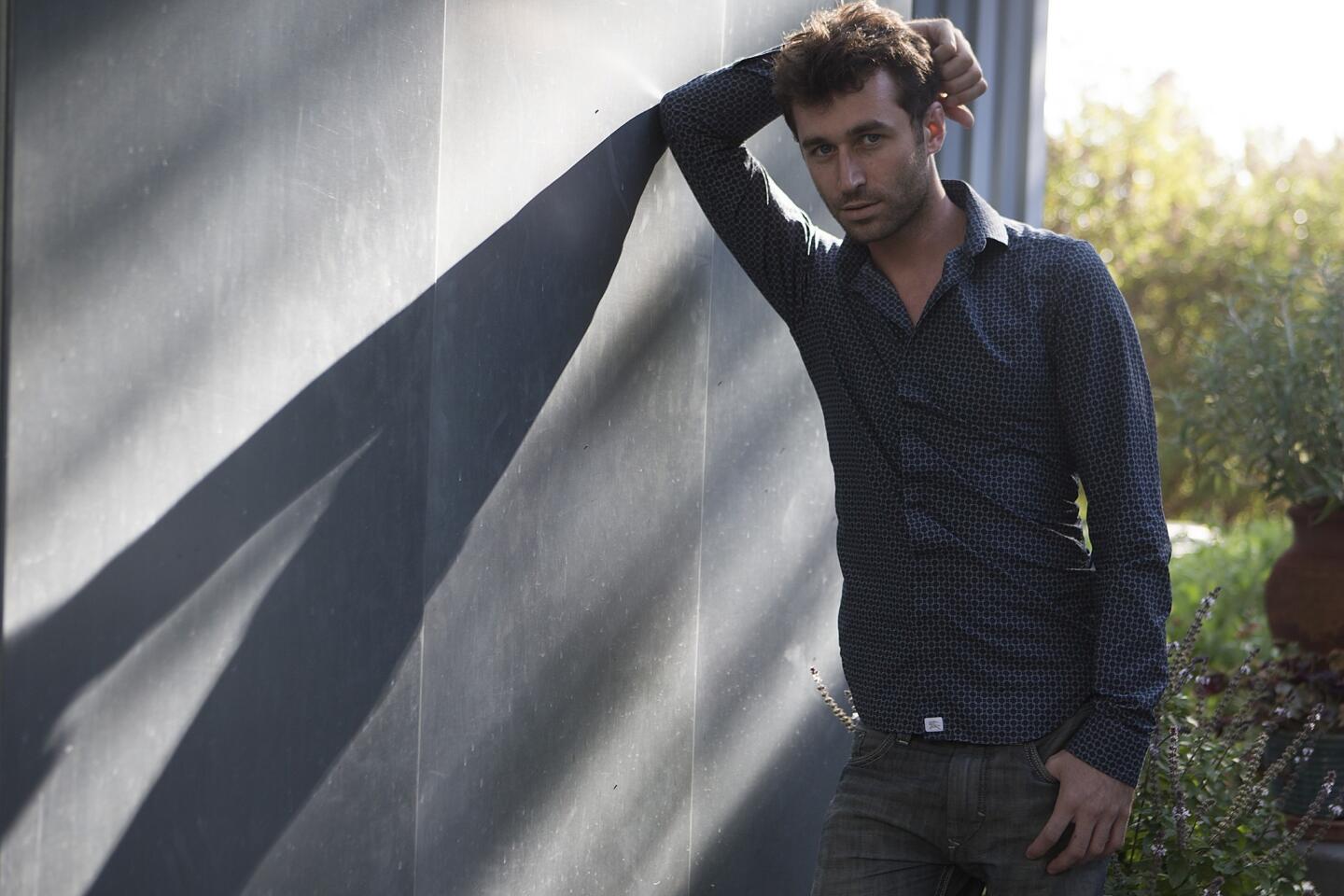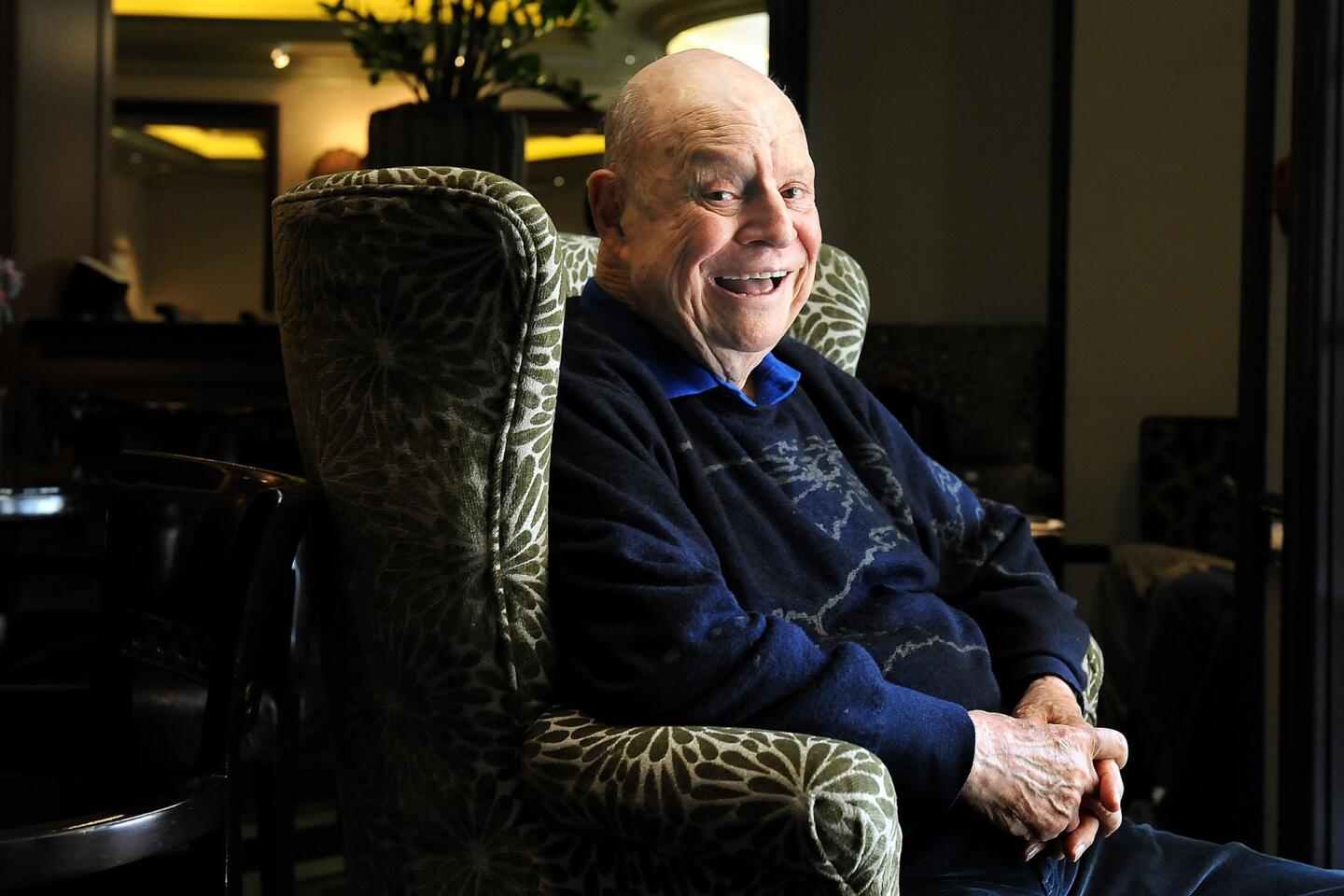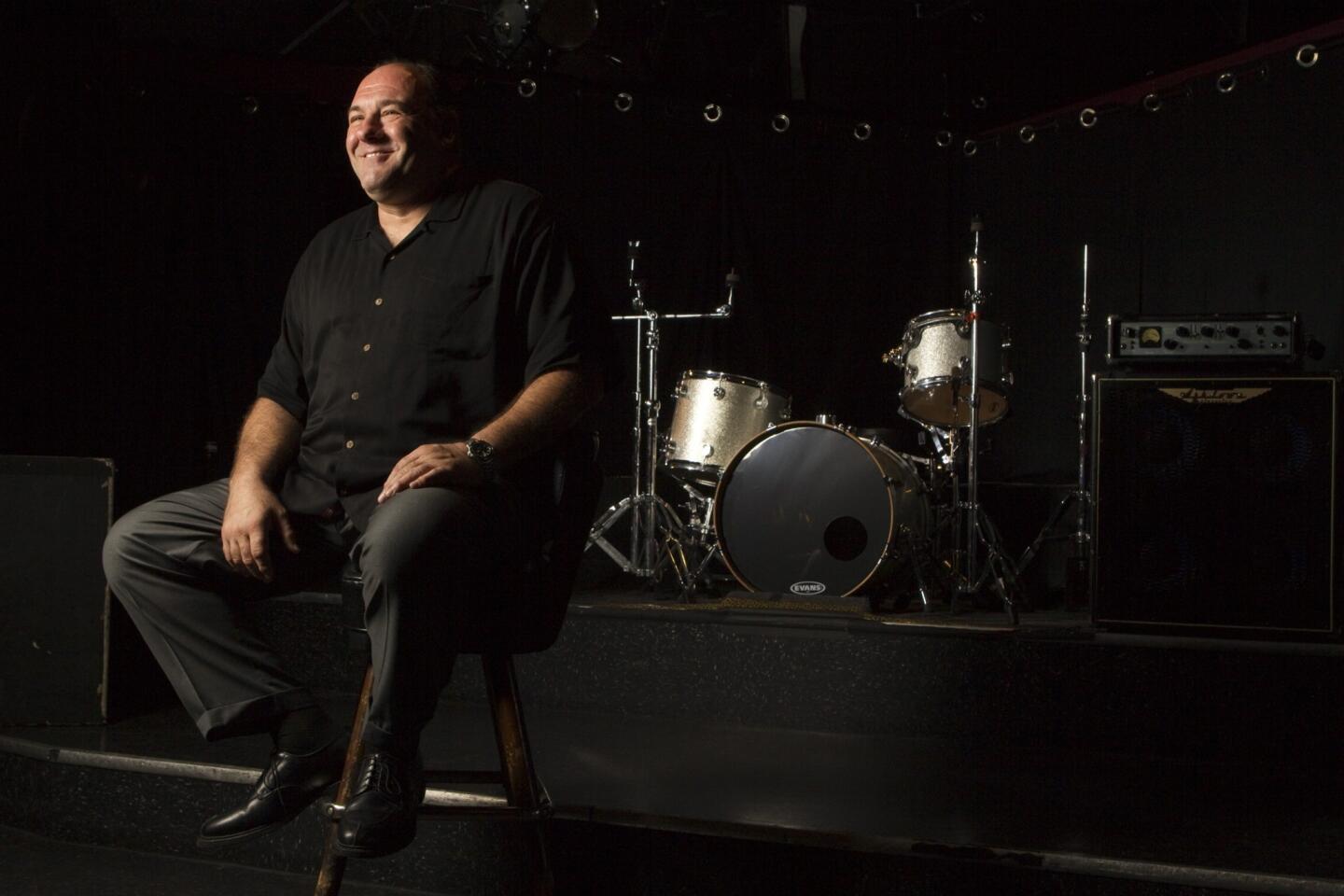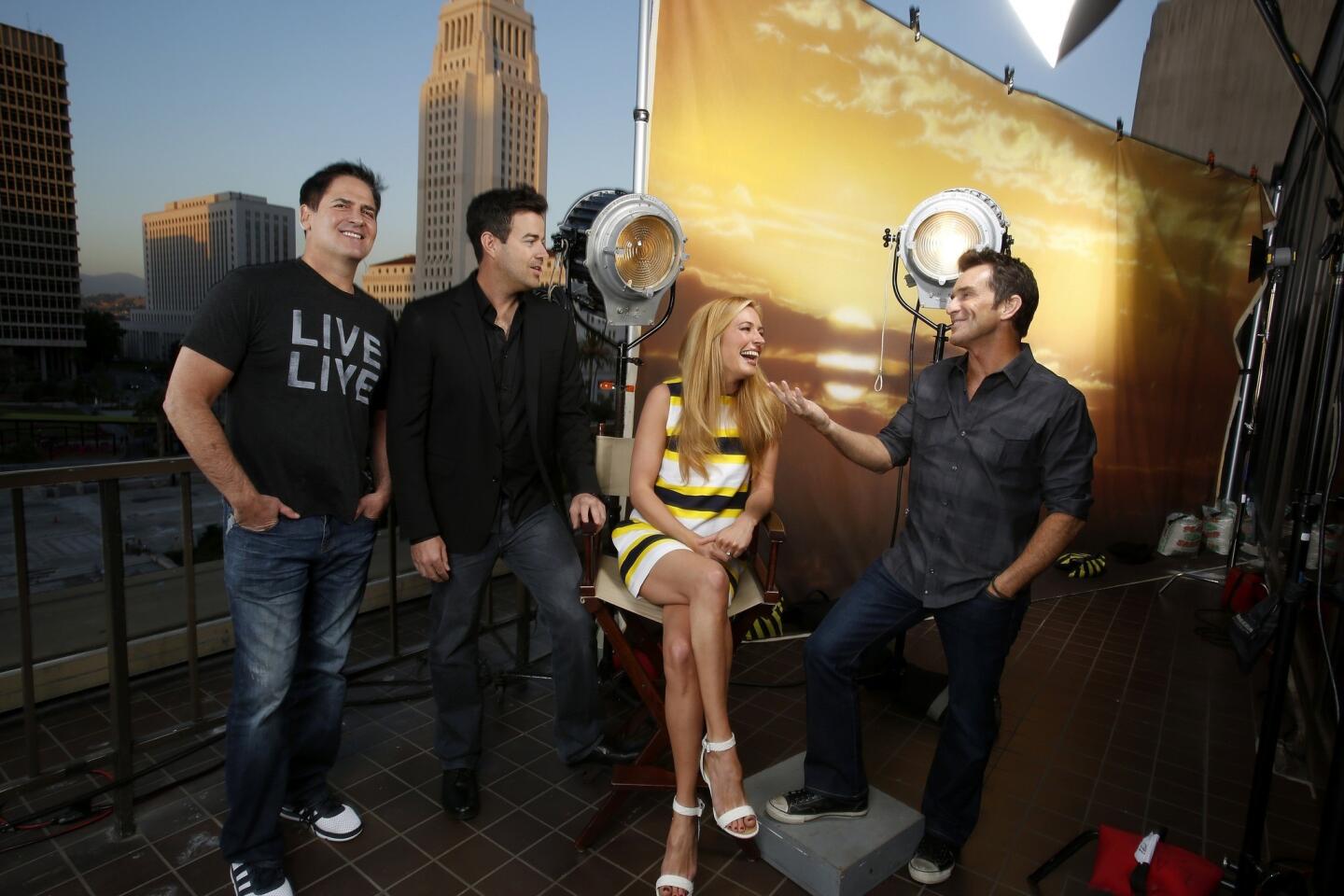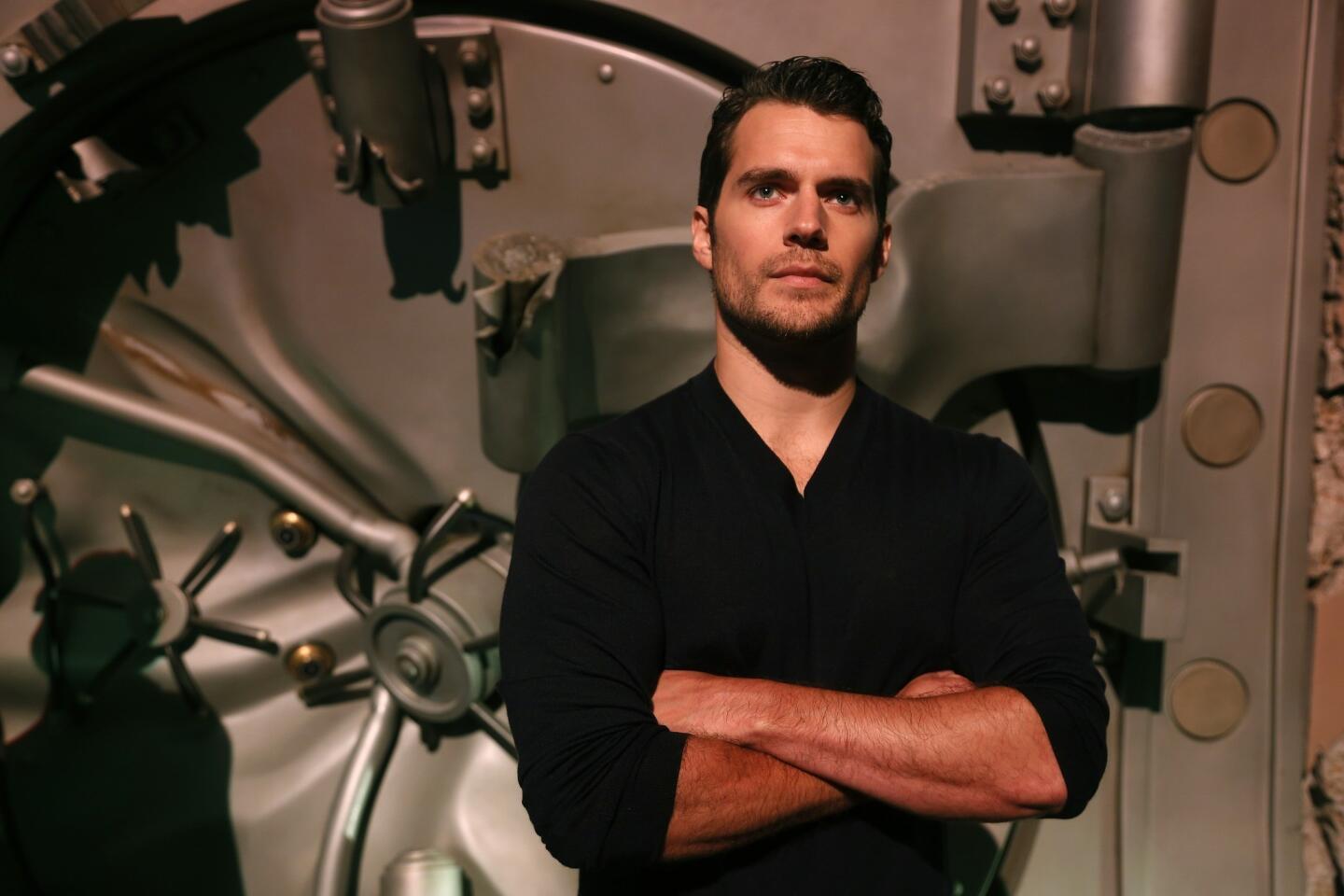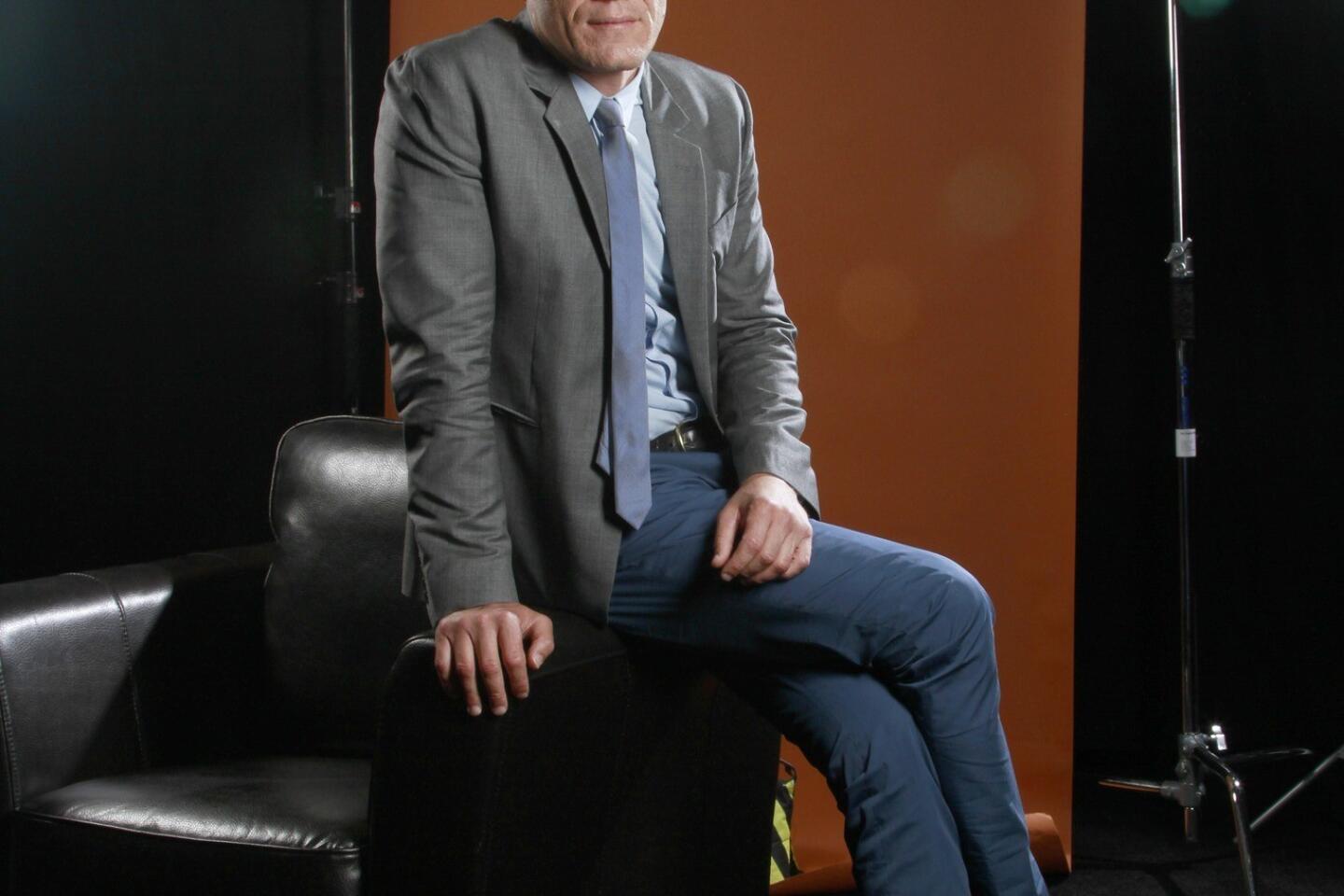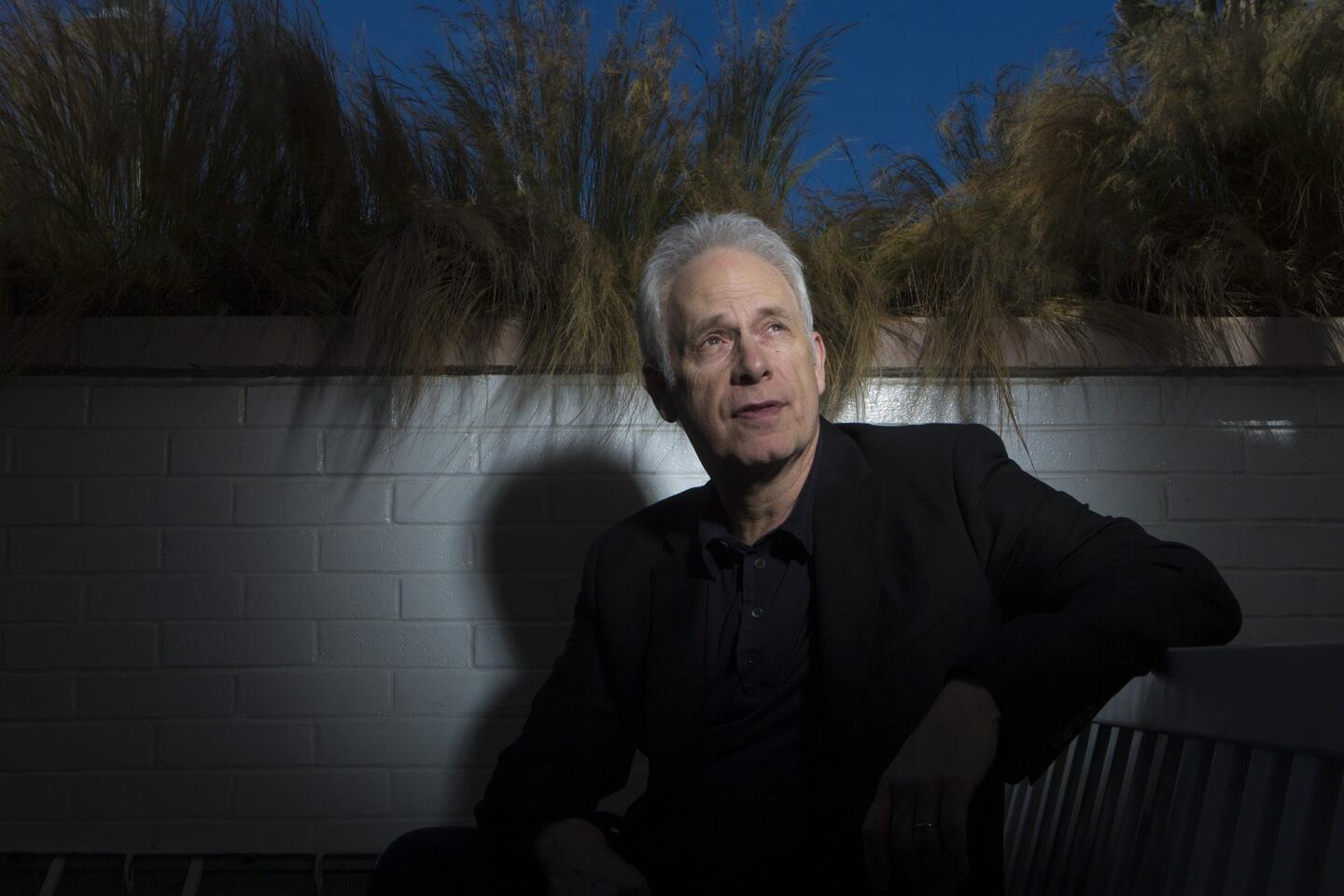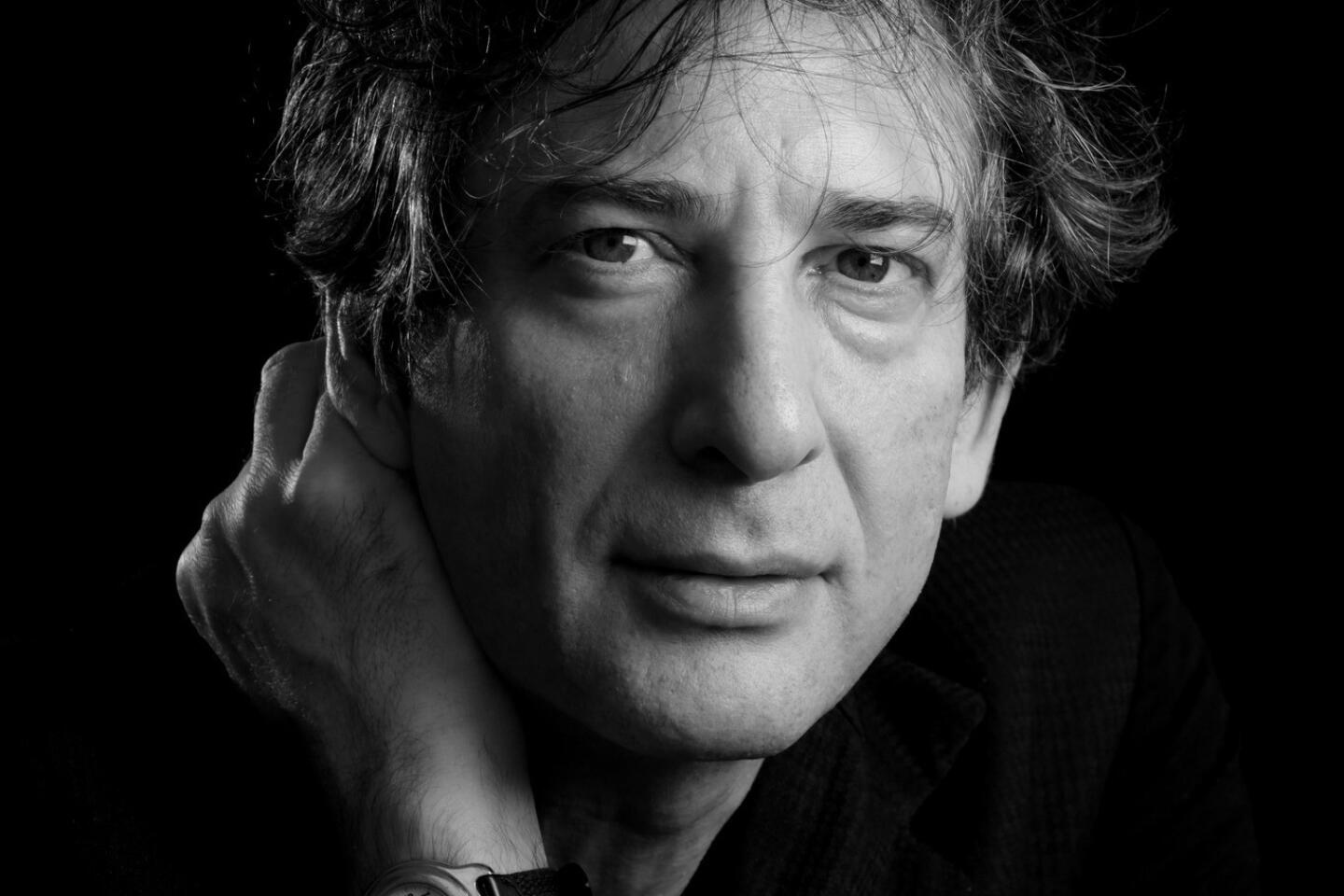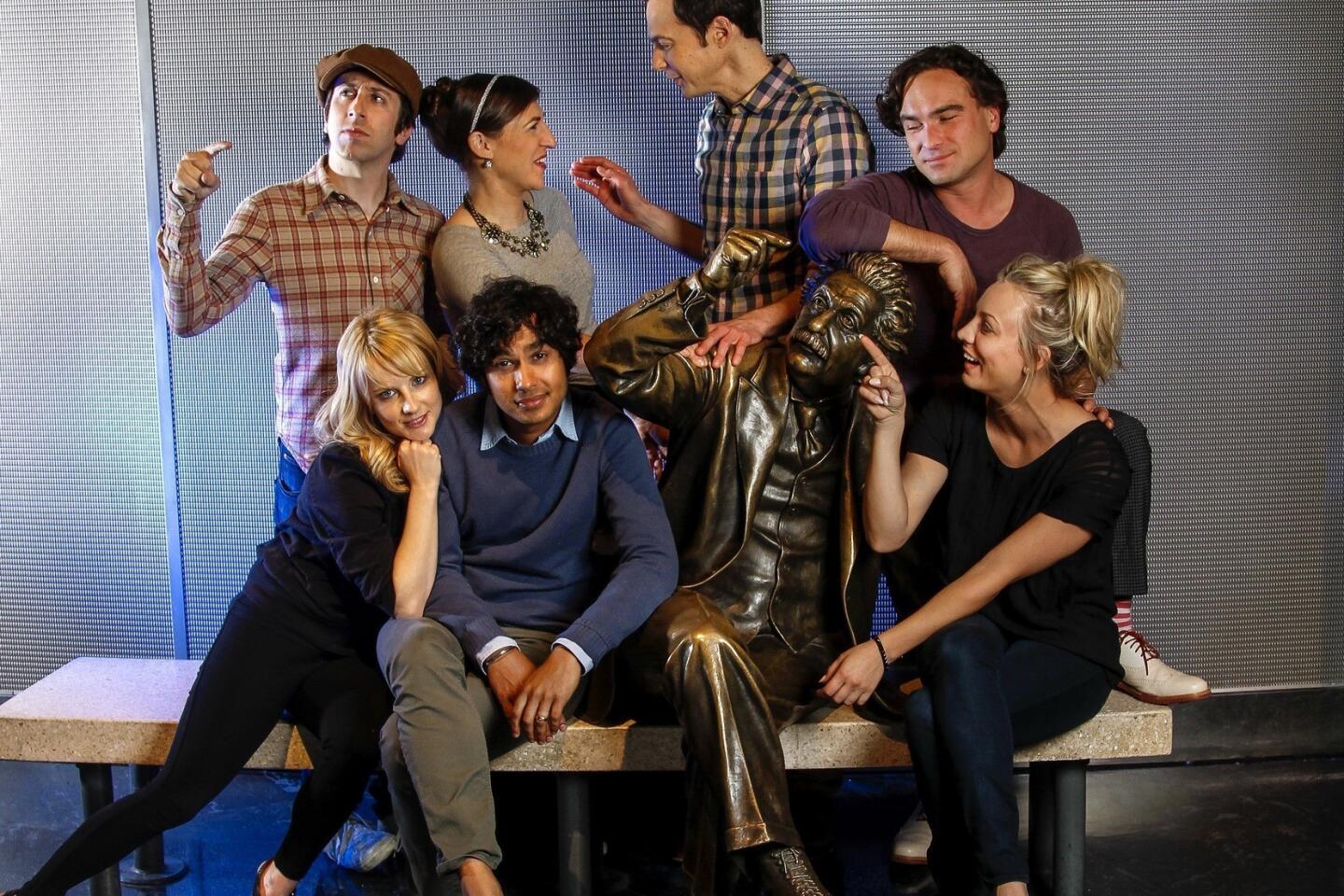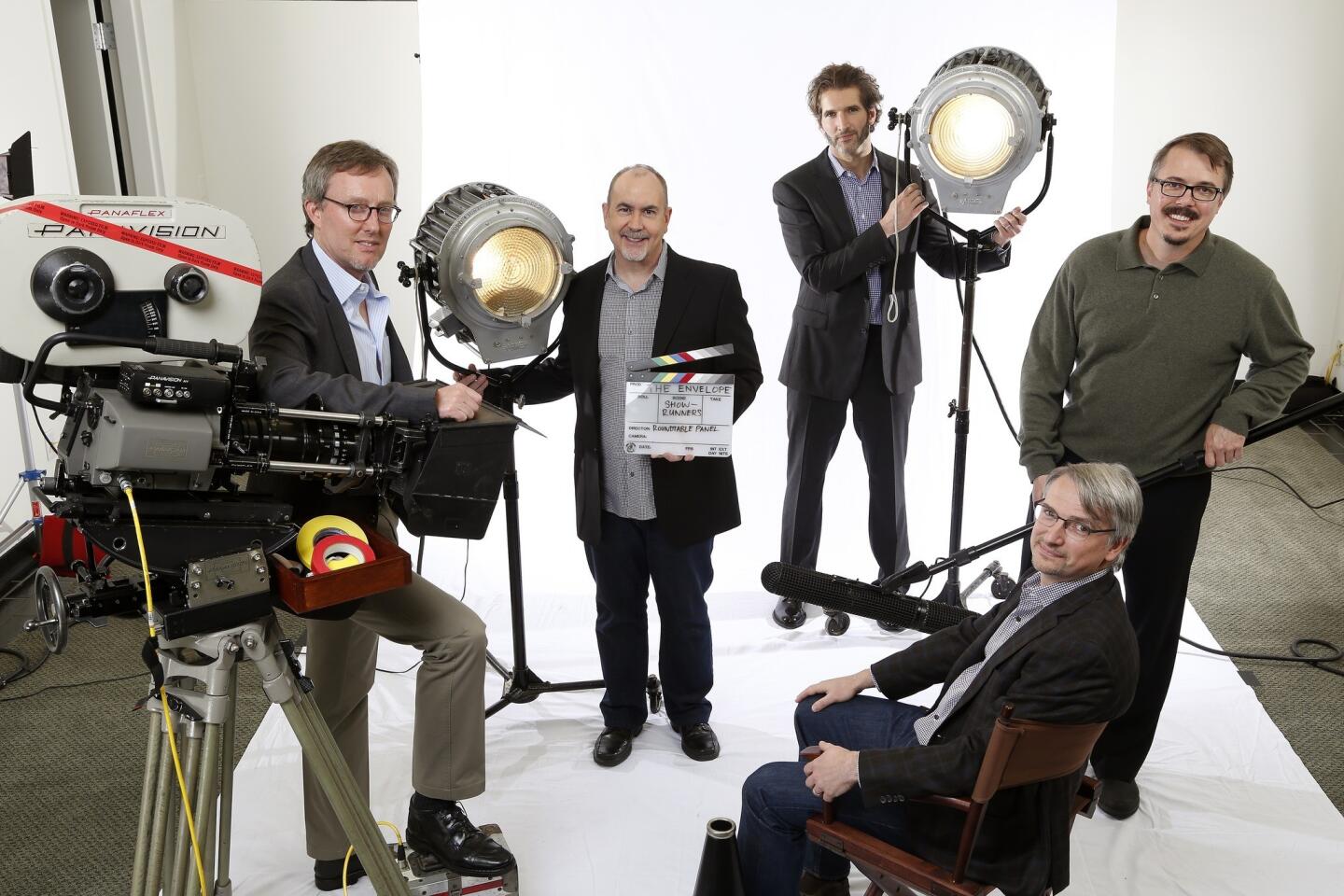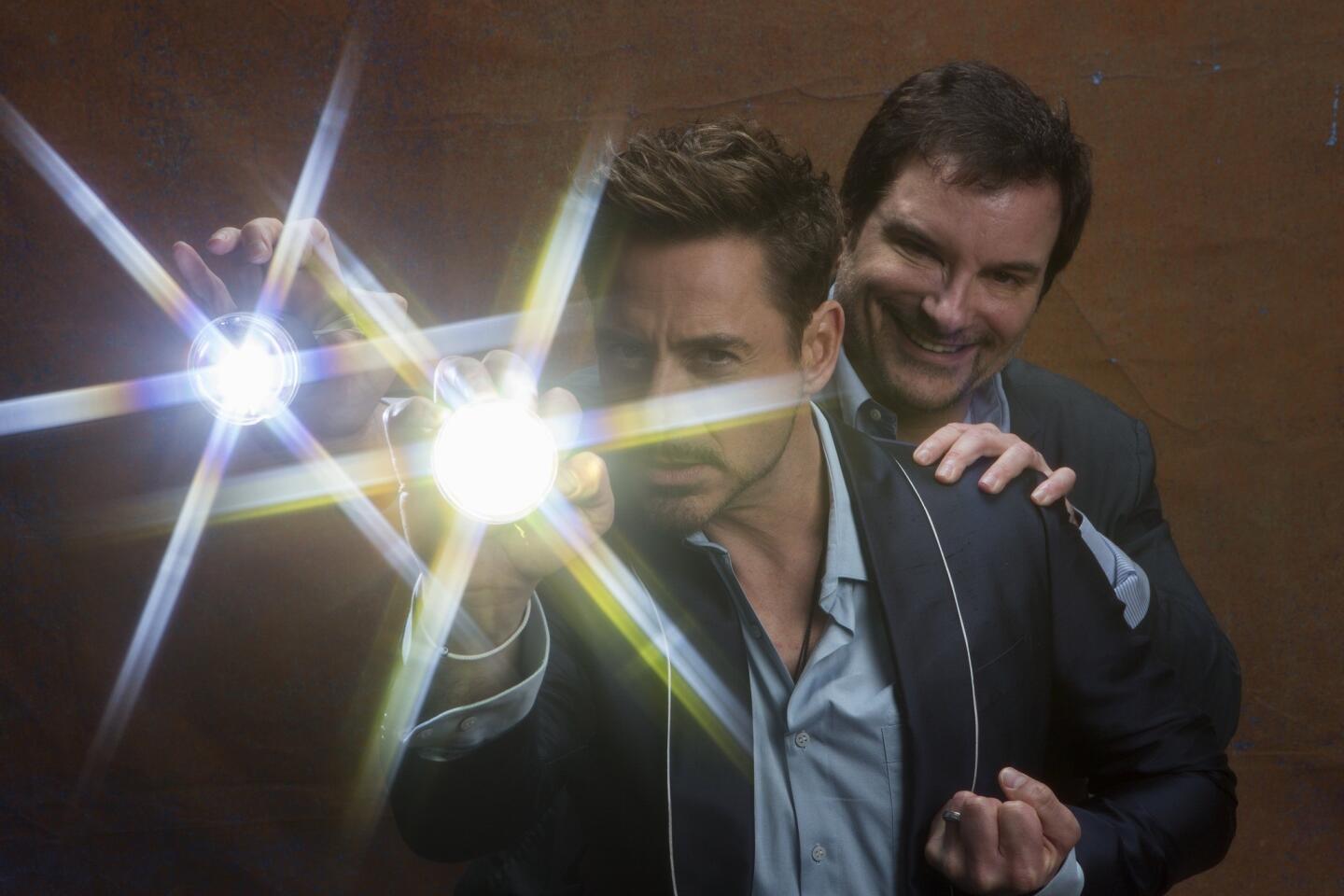Review: Teller’s ‘Tim’s Vermeer’ paints fascinating picture
- Share via
“Tim’s Vermeer” is a fascinating new documentary about art, obsessions, ideas and answers.
Though the film unfolds in the present day, its genesis traces back to the 17th century, and, as the title suggests, to Dutch artist Johannes Vermeer. His paintings have long drawn interest for their distinctive use of light and shadow, which gives them an almost photographic quality, beyond what the human eye sees and 150 years before cameras were invented.
Before the film is finished you will know a great deal about the painter, but Vermeer is not so much the subject as the “Tim” of the title. Tim Jenison is a new age digital visionary and inventor who decided to test one particular theory of how Vermeer achieved the effect. Jenison is also an old friend of Penn Jillette, one-half of the magic team Penn & Teller.
The other half, Teller, directed the film. He and his cameras followed the inventor for the five years or so it took Jenison to conduct his grand experiment.
PHOTOS: Holiday movie sneaks 2013
Though Teller’s career goes far beyond the magic act with Penn, including co-directing and co-writing plays, “Tim’s Vermeer” is his first documentary. One can’t help but hope it will be far from his last.
Interviews with Jenison, artist David Hockney and professor Philip Steadman, who wrote the provocative book, “Vermeer’s Camera,” published in 2001, are dropped in along the way to help illuminate various points of the debate that surrounds Vermeer’s work.
Steadman’s book theorized that the artist used a camera obscura technique to achieve the realistic quality. Essentially that would mean using light through a lens to project an image against a wall that the artist then traced and painted onto canvas. That is the theory Jenison wanted to test.
Jenison’s journey to do precisely that is ultimately what interested Teller. It is easy to understand why. As we see in the film, the Texas-based inventor, whose success helped furnish the funds and the freedom to undertake the project, is very much a detail guy. He imposed a scientific rigor to the testing that, even after seeing the documentary, is hard to fathom.
Not content merely to replicate a Vermeer painting, Jenison replicated the environment the artist worked in, the materials he used. The staging area was his company warehouse in Texas. Inside Jenison built — to exact specifications — Vermeer’s studio: the furniture; the lenses, which Jenison learned to grind by hand; the pigments, which he learned to mix. Even the windows were positioned to get the same angle of light, and a tower was constructed outside to mirror the shadow that was cast by the church steeple outside Vermeer’s window.
PHOTOS: Behind the scenes of movies and TV
By the way, it’s worth noting that Jenison had never painted before he started this project, and given its length, he probably never will again.
As Teller’s camera rolls, the days roll by. They serve to mark the progress and also to underscore just how difficult and demanding the process is. Day 5 there is excitement. Day 82, Jenison hits a wall, wondering if he’ll ever finish. The day the varnish goes on. The day his “Vermeer” goes up on his wall.
The film also follows Jenison as he gathers reactions to his technique from artist Hockney and author Steadman. He talks his way into Buckingham Palace for a private viewing of the Vermeer original he’s attempting to paint, “The Music Lesson.” He spends time in Vermeer’s studio. No stone is left unturned, it would seem.
The ups and downs set a certain rhythm for the film, and the detours, derailments and discoveries keep things interesting. But like art itself, words can’t fully capture what it is like to see the Vermeer emerge under Jenison’s brush. Or to see Jenison’s obsession with the idea run its course.
Near the end of the film, 1,825 days into the project, Jenison breaks down as he’s looking at the “Vermeer” that technology and his drive to understand have created. In that moment you sense the respect he has for the artist. And the ways in which Tim’s Vermeer, for all its precision, is not the same as Johannes’ original.
What Teller has managed is quite exceptional too. In his lens, he’s captured the work of two geniuses — one kind of artist from the 17th century, another from the 21st. Both pushing beyond the boundaries of what seemed possible. It is something to see.
---------------------------
‘Tim’s Vermeer’
MPAA rating: Not rated
Running time: 1 hour, 20 minutes
Playing: At the Landmark, West Los Angeles
More to Read
Only good movies
Get the Indie Focus newsletter, Mark Olsen's weekly guide to the world of cinema.
You may occasionally receive promotional content from the Los Angeles Times.
















